
Baden Street Settlement &
Settlement Houses
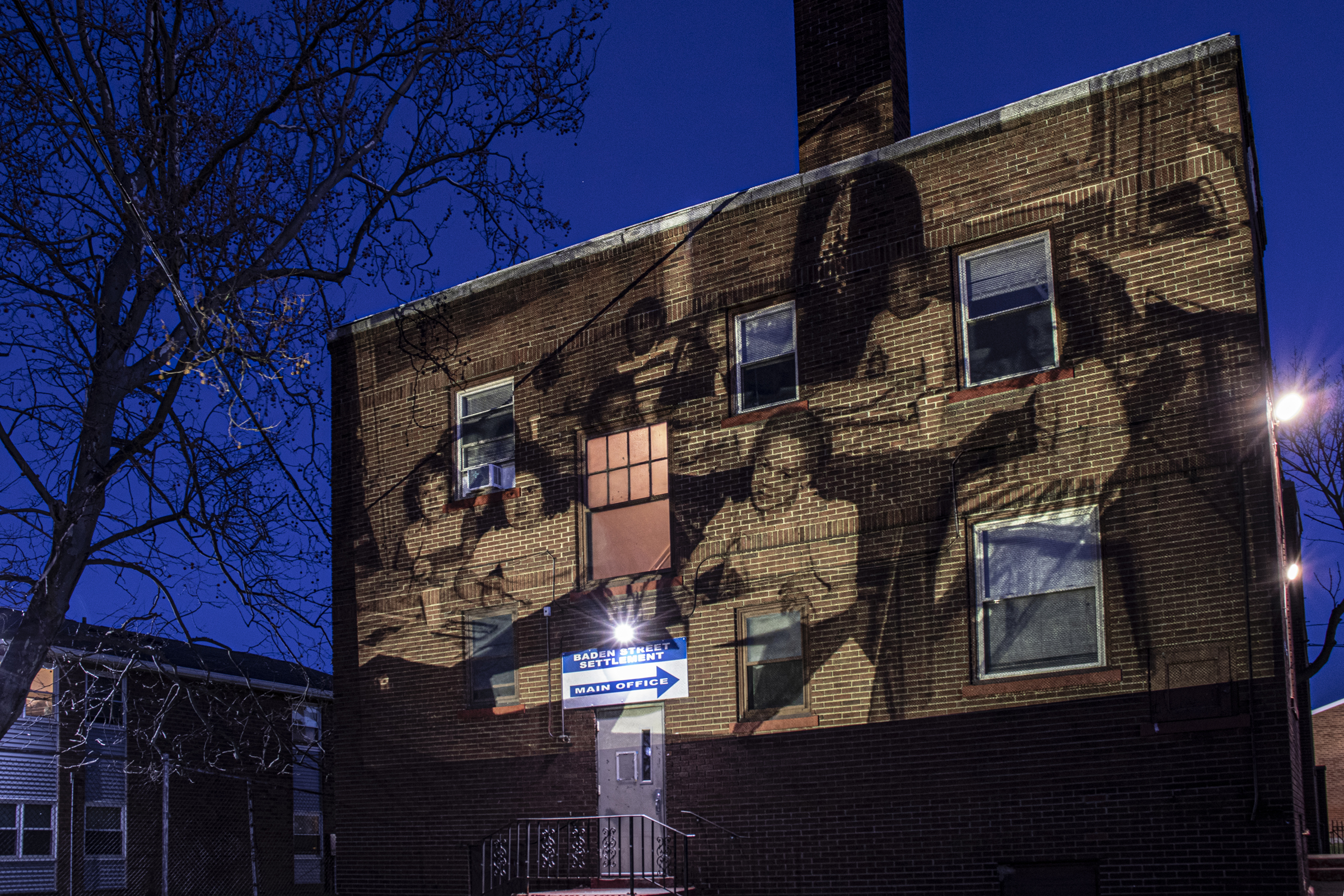
Bernard Alexander, Ruth Dalton, Nicole Doughty & Marisol Morales on Settlement Houses
Settlement houses were important reform institutions in the late 19th and early 20th centuries. Most settlement houses were large buildings in densely populated neighborhoods of industrial cities, where settlement workers provided human services and addressed the causes and consequences of poverty. Although the settlement house concept originated in England, it has a meaningful place in American history and the Rochester community. The idea appealed to young Americans who wished to close the gap between classes, aid the urban poor, implement “social Christianity,” and understand the causes of poverty. Because settlement houses operated in neighborhoods populated with European immigrants who did not speak much English, the first services provided were for children and mothers through nurseries, kindergartens, and playgrounds. English classes, arts, crafts, and music followed.
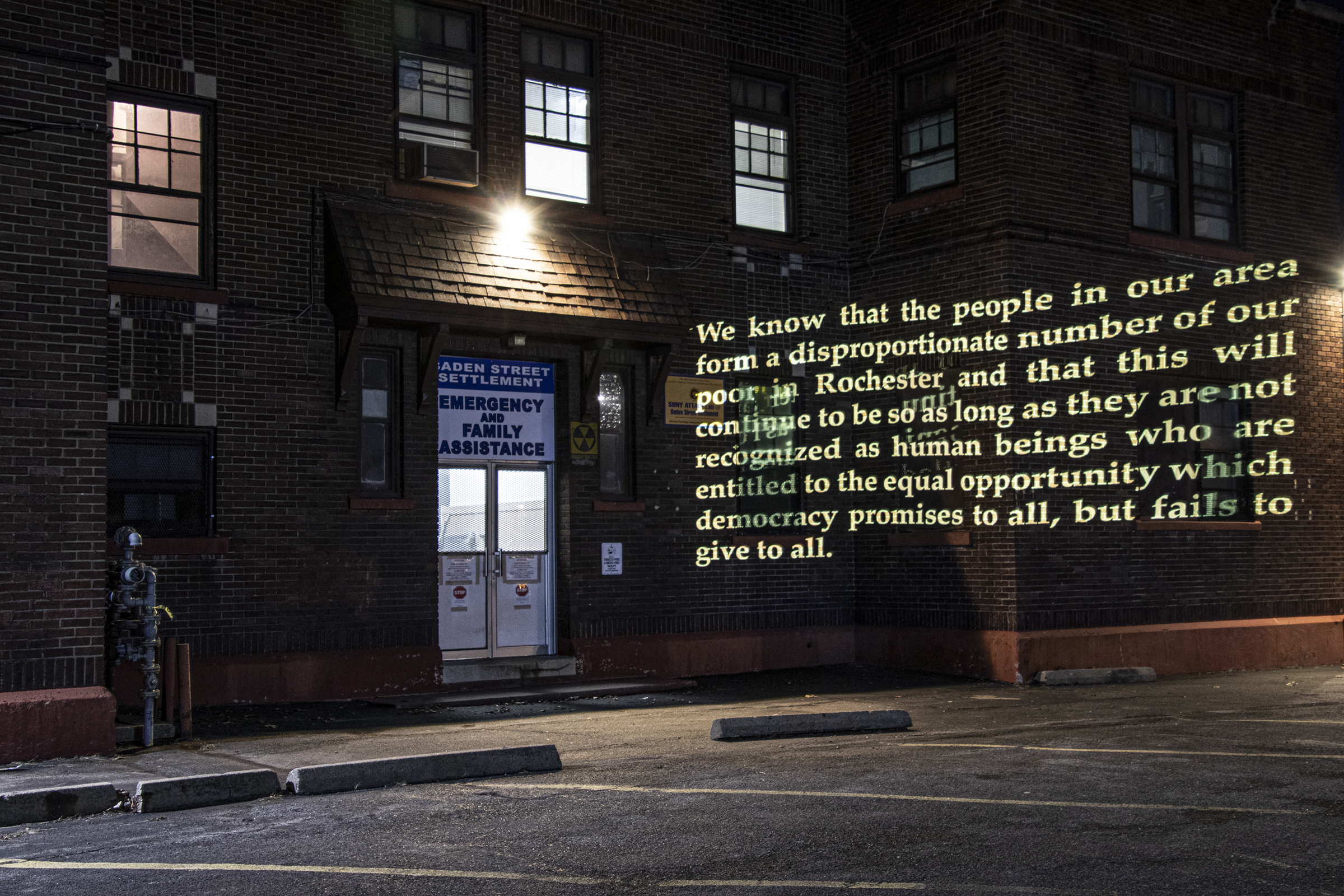
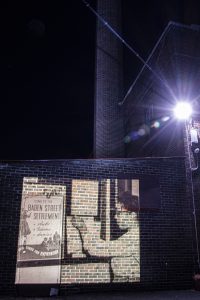
The concept of settlements, defined in this context as a “colony of learning and fellowship,” originated in England in the 1860s. The English settlement movement worked to connect the working and middle classes and reduce material inequality following the Industrial Revolution. The settlement movement was more radical than other movements, such as the charity movement. The settlement movement argued that charity did not address the causes of poverty in early industrial society. Although more radical than other movements, the settlement movement was still relatively moderate in that it did not promote an extreme political ideology. Its initial goal was to build bonds between the middle class and the urban working class through community service and educational programs. Proponents of the movement hoped to offer more than just practical necessities; rather, they strived to help those struggling with poverty flourish as whole people by providing “moral, spiritual, and aesthetic values.”
England and the United States were in substantially different positions politically and historically at the end of the 19th century. Still, industrialization’s economic conditions gave rise to similar issues and reform movements in both countries. Reform movements sought to resolve those pressing socioeconomic issues. The settlement movement in America took off soon after it had gained traction in England. However, the New World version carried significant differences unique to the conditions in the U.S. at the time. The American settlement movement reflected the country’s diversity and carefully considered immigrants’ struggles and would reach Rochester by the early 20th century. Like the Social Christianity of England, the American Social Gospel movement had a strong influence on the American settlement movement, which aligned with the Progressive Era’s politics.
America’s first settlement house opened in 1886 as Neighborhood Guild in New York City. Because it failed soon after opening, College Settlement, which became University Settlement, quickly replaced Neighborhood Guild. In America, the most famous settlement house is Hull-House, located in Chicago and formed in 1889 by Jane Addams and Ellen Gates Starr. America’s settlement house movement was no stranger to Rochester. By the early 20th century, settlement houses were serving and shaping the greater Rochester community. Settlement houses remain active in Rochester and provide essential services to the community.
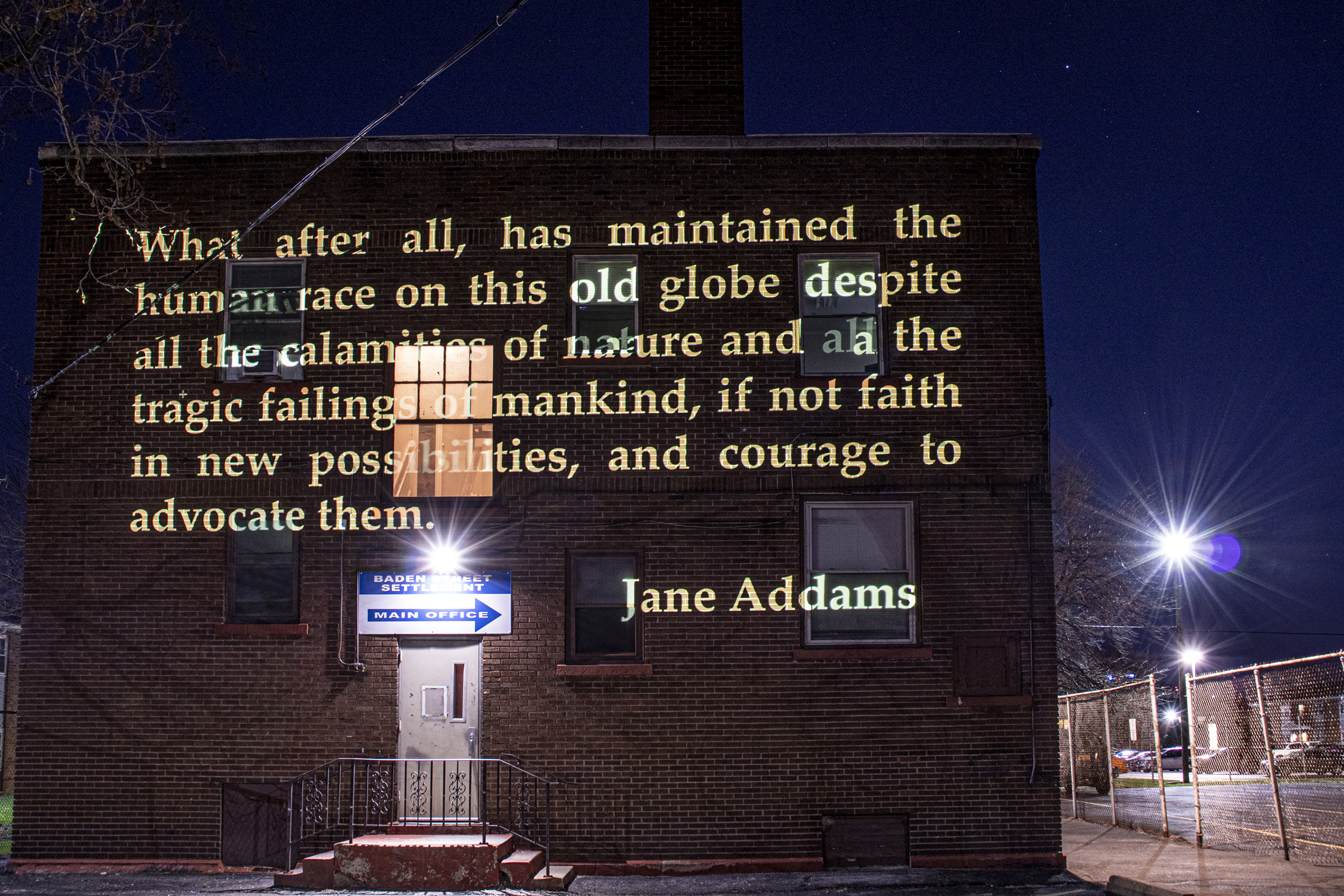
Currently, there are three major settlement houses in the city of Rochester. One of the first was the Social Settlement of Rochester, which opened in 1901. In 1922, it was rebranded as Baden Street Settlement. Today, Baden Street Settlement, located at 152 Baden Street, offers multiple services to youths, adults, and families. The Charles Street Settlement opened in 1917 and served as Rochester’s second settlement house. The Charles Street Settlement, located at 71 Parkway, focuses on aiding Rochester’s immigrant population. The Community Place originated from a merger of three settlement houses and community centers dating back to the Association for Practical Housekeeping on Davis Street in 1907. In 2001, the Genesee House, Eastside Community Center, and Lewis Street Center merged to form Community Place and better serve the Rochester community. Community Place provides neighborhood-based services, resources, and programs throughout Rochester. All three of these settlement houses and community centers are still in use to this day and continue to serve the diverse community of Rochester.
Settlement houses, a significant project of the American settlement movement, fulfilled several practical and social roles in America’s urban communities. Rather than merely providing charity, settlement houses provided fellowship and education—and sowed the seeds of a healthy democracy for all. One of the foremost American settlement theorists and founder of Chicago’s Hull-House, Jane Addams, laid out three primary purposes of the settlement movement: firstly, to “add the social function to democracy,” secondly, to answer a need for “fellowship and sympathy” among the disadvantaged,” and finally, to stress the interconnectedness of all human beings and the power of love, mainly through a Christian lens.
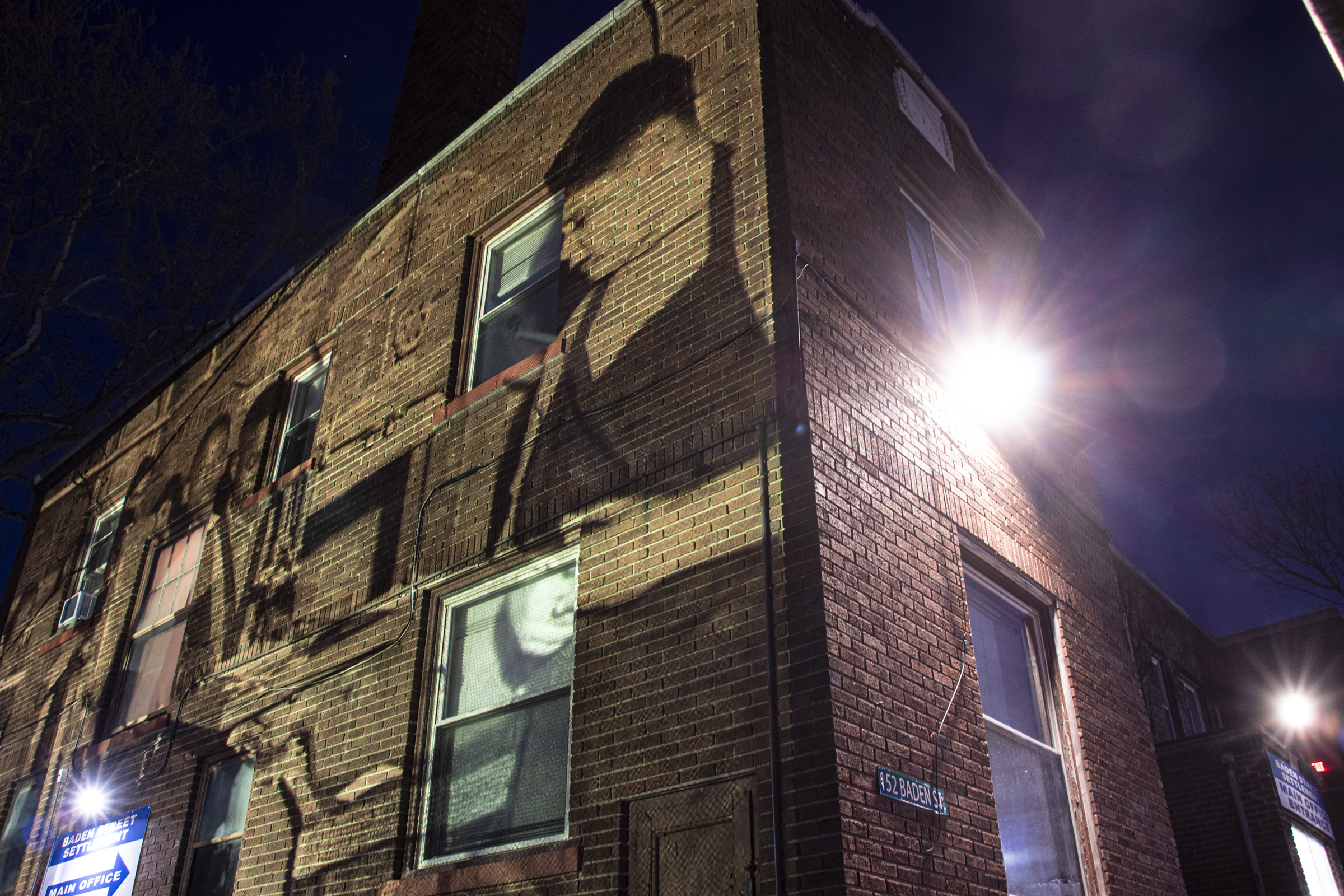
While the settlement movement was a one-of-a-kind creation rooted in its time’s social and historical context, there is still much to learn from its pioneers and their values. In 1964, Sidney Lindenberg, former director of Baden Street Settlement, wrote, “We know that the people in our area form a disproportionate number of our poor in Rochester and that this will continue to be so as long as they are not recognized as human beings who are entitled to the equal opportunity which democracy promises to all, but fails to give to all.” Ensuring that we treat all people with dignity and respect, and extend the benefits of democracy to all, remains at the heart of activism. Furthermore, Addams’ three motivations serve as a solid basis for current-day social activists.
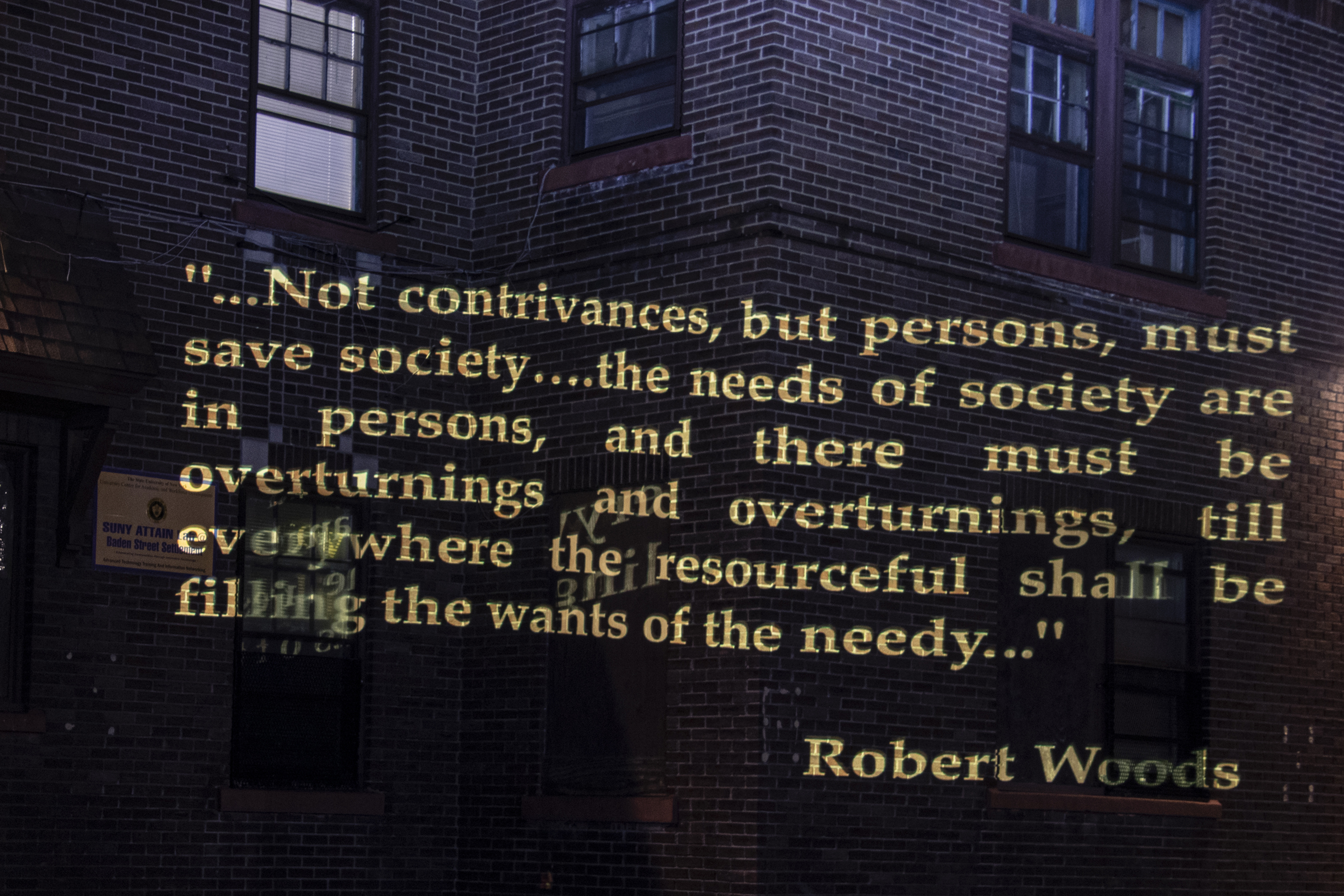
Examining the intricate ways settlement houses and the surrounding reform movements transformed social life during the industrial boom of the 19th century presents admirable ways of strengthening democracy and intersectional community building in the modern-day through organized efforts with philosophical coherence. It will take sustained action, but in the end, that effort will create a more vibrant and democratic community. As Jane Addams wrote, “What after all, has maintained the human race on this old globe despite all the calamities of nature and all the tragic failings of mankind, if not faith in new possibilities, and courage to advocate them.”
Bibliography & Further Readings
Previous: Culture, History & Memory: Bridging Rochester’s Past & Present
